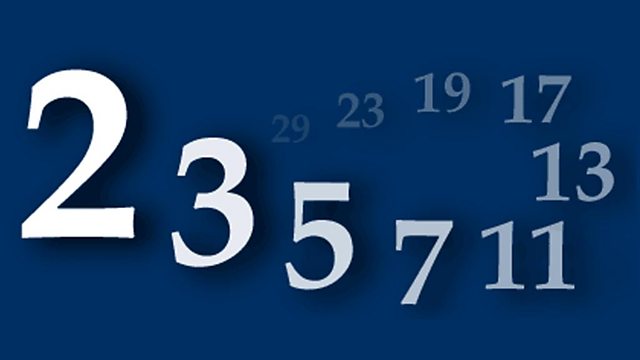The Number Seven
In 1990, American mathematicians Persi Diaconis and David Bayer suggested that 7 shuffles are sufficient to achieve an acceptable degree of randomness in a deck of 52 cards.
Picture a gambler. Is it George Clooney, tuxedo ruffled after an all-nighter at a Vegas Black Jack table, or your old Aunt Doris putting down her yearly quid-on-the-nose for the Grand National? Recent research would suggest that it's neither. Your inveterate gambler is far more likely to be sporting leather patches at their elbows, an unhealthy appetite for corduroy, and a penchant for M-Series rather than Martinis, shaken or stirred. Some mathematicians are putting their mathematical theory where their mouth is and are betting the shirts, stuffed or otherwise, off their backs.
Games of chance don't necessarily afford an equal chance of winning to all players. Certain gamblers savvy enough to do the maths have been exploiting the weaknesses of some games to their advantage for years. Lazy shuffling which doesn't completely randomise a deck of cards, for example, offers anyone with a head for probability theory the edge to trump their fellow gamblers. So how do you overcome this and create a level playing field?
In 1990, American mathematicians Persi Diaconis and David Bayer suggested that 7 shuffles are sufficient to achieve an acceptable degree of randomness in a deck of 52 cards. With 6 or fewer shuffles, the original order of the cards is still strongly in evidence and beyond 7, nothing is gained in terms of increased randomness.
They based their research on that stalwart of bridge and poker, the riffle shuffle, where a deck of cards is roughly cut in half and then interleaved unevenly from left hand to right. They created a mathematical model of the riffle shuffle and postulated how many such manoeuvres would result in a fair dispersal of the cards. The assumption was that more shuffles would increase the randomness but interestingly, Diaconis and Bayer's work highlighted something inherent in a variety of mixing processes. Abrupt transitions from order to randomness can occur when two parts are mixed. Diaconis uses the analogy of mixing a bowl of black and white beads. 'For a while there are still big streaks of black and white but all of a sudden it gets grey and stays grey.' This suggests that mathematically there is a critical point where order shifts into chaos and in the case of a pack of cards and the riffle shuffle that is lucky number 7.
Diaconis and Bayer may have been showered in glory for their discovery, but they have also created a fair few enemies along the way. Tournament bridge players around the world begrudgingly shuffle 7 times. Is it the case that mathematics has created a level playing field or a generation of card players with RSI?
Last on
More episodes
Broadcast
- Tue 28 Oct 2003 15:45±«Óãtv Radio 4
Featured in...
![]()
The Magic Number
A selection of programmes looking at the quirky side of maths


